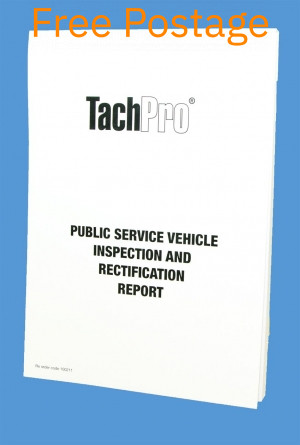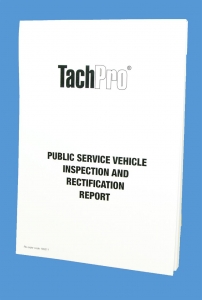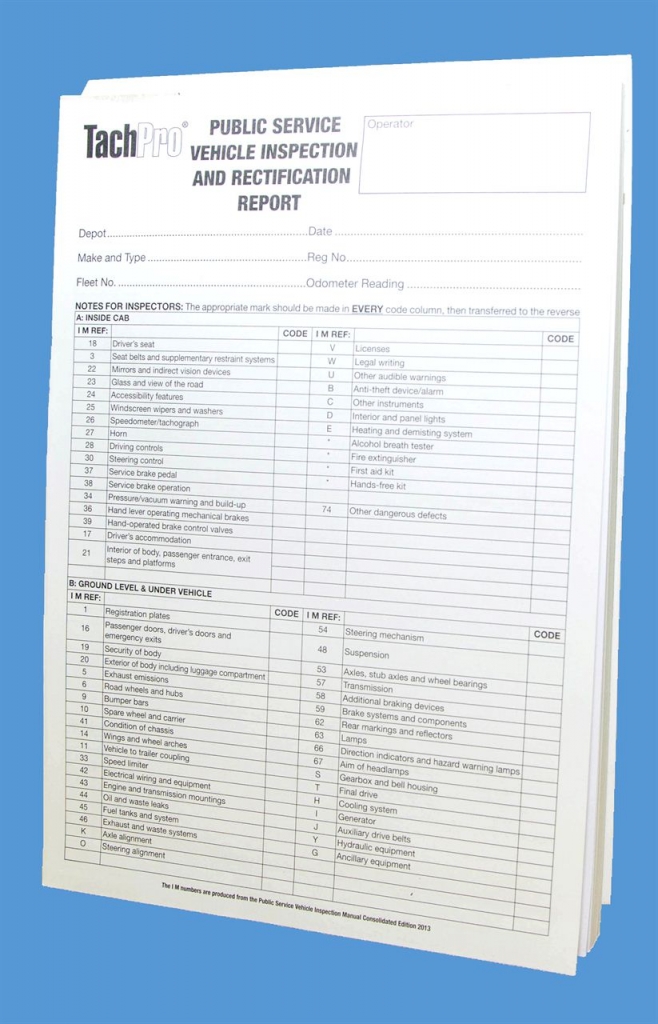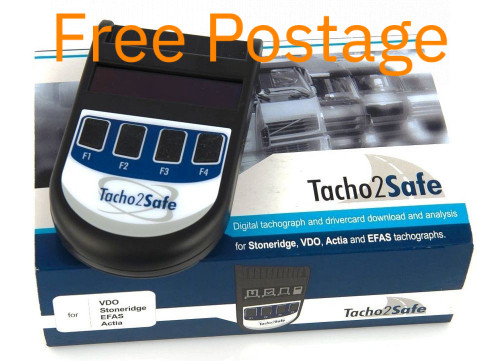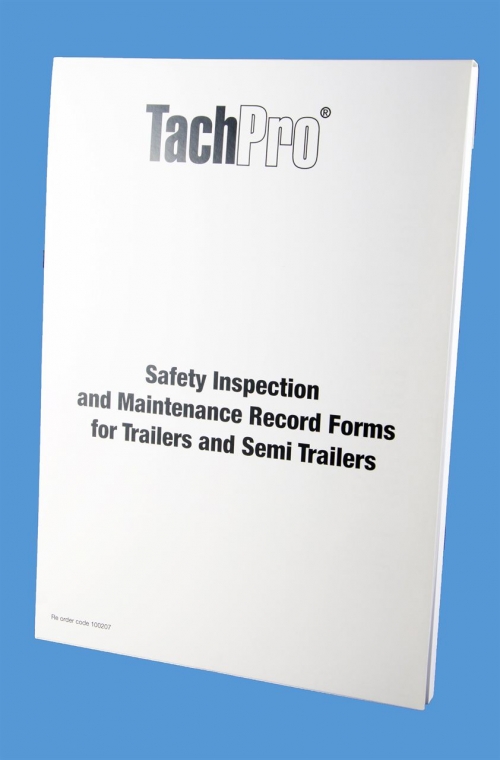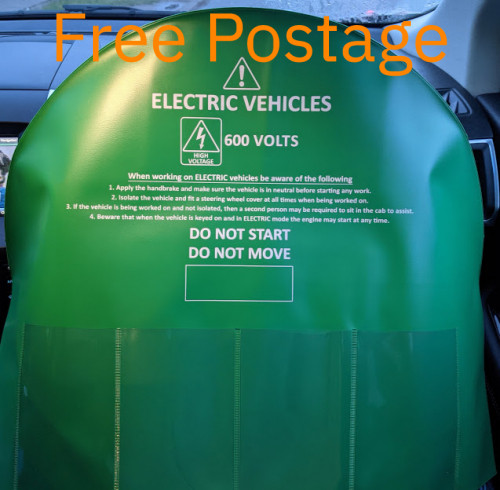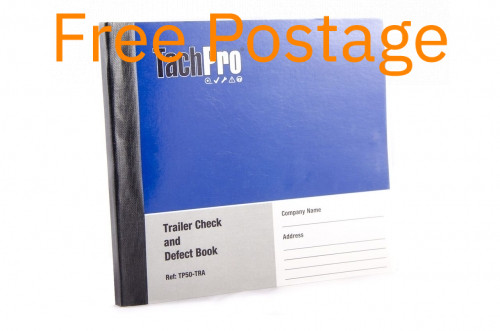Product Description
Public Service Vehicle Inspection and Rectification Report Book
This item is for recording your PSV safety checks.
Easy to use, using our standardised check list.
Recently updated to the latest recommendations & revisions from DVSA ( Formerly VOSA )
1. Checks on your vehicle
As a commercial PSV, PCV, Bus, Coach or Minibus driver, you might be asked to stop by the a Driver and Vehicle Standards Agency (DVSA) officer or police officer.
They can stop minibuses, buses and coaches and other vehicles under powers they have.
The DVSA and Police have the power to carry out spot checks on your vehicle and issue prohibitions if necessary.
A prohibition can prevent you from driving your vehicle immediately or on a delayed prohibition, or until you get a problem with your vehicle fixed.
See Here For More Information On Graduated Fixed Penalty Notices DVSA
DVSA and Police officers can also issue fixed penalty notices, if you commit an offence.
Some of these are graduated depending on the circumstances and seriousness of the offence.
This Public Service Vehicle Inspection and Rectification Report Book works along side operators maintenance staff to record the condition and any work carried out to rectify any roadworthiness issues found.
Check outside the vehicle
10. Lights and indicators
Check that:
- all lights and indicators work correctly
- all lenses are fitted, clean and the right colour
- stop lamps come on when you apply the service brake and go out when you release it
- marker lights are fitted and work
11. Fuel and oil leaks
Check that the fuel filler cap is fitted correctly.
Turn on the engine and check underneath the vehicle for any fuel or oil leaks.
12. Battery security and conditions
Check that your battery is:
- secure
- in good condition
- not leaking
13. Diesel exhaust fluid (AdBlue)
Check that your diesel vehicle has enough AdBlue diesel exhaust fluid and top up if necessary.
14. Excessive engine exhaust smoke
Check that the exhaust does not emit an excessive amount of smoke.
15. Security of body and wings
Check that:
- all fastening devices work
- cab doors and trailer doors are secure when closed
- body panels on tractor or trailer are secure and not likely to fall off
- landing legs (if fitted) are secure and not likely to fall off while driving
- sideguards and rear under-run guards are fitted if required, and that they’re not insecure or damaged
16. Spray suppression
If spray suppression flaps are required, check that they are:
- fitted
- secure
- not damaged
- not clogged with mud or debris
17. Tyres and wheel fixing
Check that:
- the tyres and wheels are secure
- the tyres have a tread depth of at least 1mm
- the tyres are inflated correctly
- there are no deep cuts in the tyre’s sidewall
- there is no cord visible anywhere on the tyre
- all wheel nuts are tight enough – you can check if wheel nut indicators (if fitted) have moved to do this
- there are no objects or debris trapped between the twin wheels
18. Brake lines and trailer parking brake
Check that:
- couplings are free from debris and are in the right place
- there are no leaks
- there is no damage or wear to the brake lines
- the parking brake for the trailer works
After the initial brake test, leave the engine running so pressure can build up. This will make it easier to hear any leaks as you carry out the rest of the walkaround check.
19. Electrical connections
Check each connection and make sure that all:
- visible wiring is insulated
- visible wiring is not likely to get caught or damaged
- all electrical trailer couplings are connected securely
- all electrical switches work correctly
20. Coupling security
Check that your vehicle is securely attached to your trailer and that the:
- trailer is located correctly in the fifth wheel or coupling
- secondary locking devices are in the correct position
21. Security of load
Check that the load does not move and is not likely to move.
Make sure you use the right type of load securing system for the load.
If you’re not happy with how the load is secured or how stable it is, ask the person in charge of vehicle safety to:
- get a competent person to assess it
- reload or resecure it if necessary
Read detailed guidance about load securing.
22. Number plate
Check that the number plate is not:
- broken or incomplete
- incorrect or spaced incorrectly
- dirty
- faded
- covered over by anything
It’s your responsibility as well as your operator, to make sure your vehicle is roadworthy.
For more information please feel free to contact us on 01405 763688 or 07912 387830

